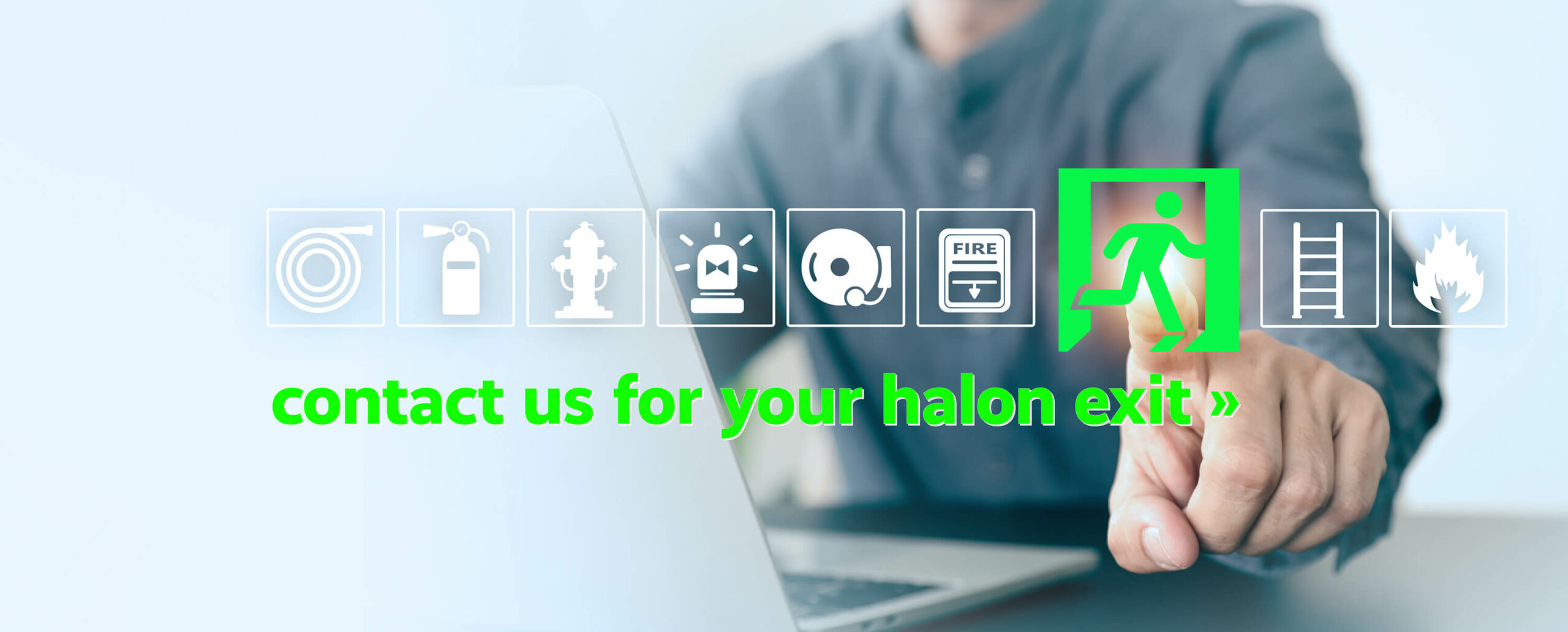Scandex: Smarter Corrosion Control For A Safer, Cleaner Fleet
✈️ The Corrosion Challenge Corrosion is more than just rust—it’s...
Read more Back to News
Back to News

❌ The End of Halon
Halon has long been the gold standard in aviation fire suppression. But it’s also a major ozone-depleting chemical, and regulators are now phasing it out globally.
By December 31, 2025, all portable Halon fire extinguishers must be replaced on aircraft operated under EASA jurisdiction (and globally for ICAO compliance).
Key mandates:
Replacing Halon is not a drop-in swap. Replacement agents are:
Here’s what’s currently available and certified:
| Agent | Description | Pros | Cons |
|---|---|---|---|
| Halotron BrX | Clean agent (2-BTP), FAA/EASA certified | Low residue, low toxicity | Heavier than Halon, larger volume |
| PhostrEx | Engine bay systems, FAA certified | Extremely fast, low volume | Corrosive to metals, niche use |
| Aerosol Systems | Non-pressurized condensed aerosols | Compact, efficient | Not yet mainstream |
Some aircraft OEMs already offer pre-certified upgrade kits—check with your design organisation or STC holder.
⏳ With less than six months to go, expect backlogs in extinguisher supply, design approvals, and bracket kits if you wait.
This is more than a compliance push—it’s a chance to boost sustainability, reduce downtime, and enhance fleet safety.
We’re connected with:
📩 Reach out now to start your transition with the right partners in place.
✈️ The Corrosion Challenge Corrosion is more than just rust—it’s...
Read moreWe are excited to announce our participation in AERO 2025,...
Read moreMark your calendars for an event filled with insights, connections,...
Read more